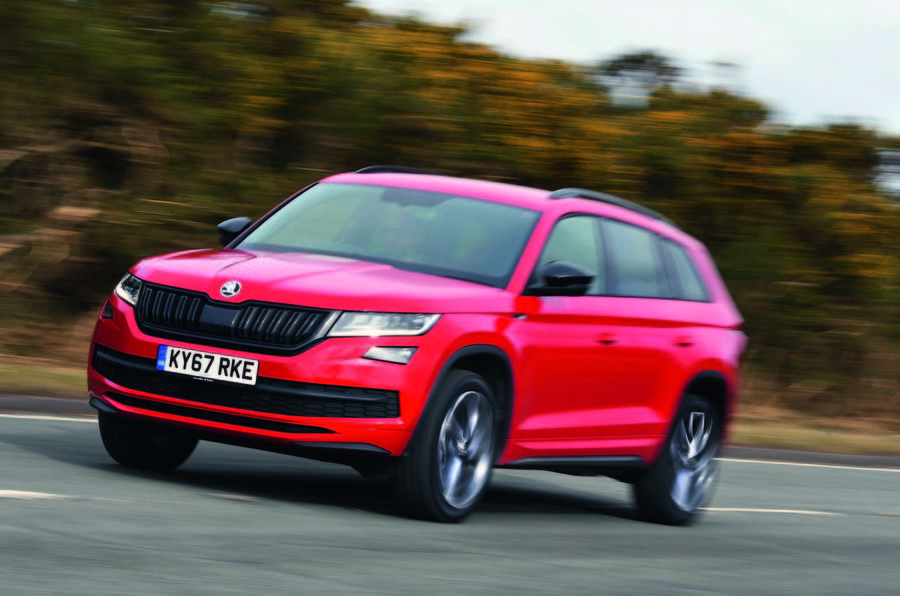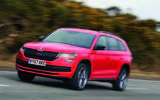When it comes to large crossovers, there are two trends that have been universally acknowledged: first, the market just keeps on growing, and second, it is the one place non-premium brands can succeed, as Hyundai and Kia have demonstrated. But now it seems the good times for non-premium models may be over.
In the first quarter of this year the segment, made up of such models as the Hyundai Santa Fe, Ford Edge and Skoda Kodiaq, fell by 18.9%. The sales figures for the past few years tell a similar story: non-premium models are falling, while premium ones are going from strength to strength (note that figures include crossovers such as the Edge and SUVs like the Santa Fe – the distinction between crossover and SUV is not relevant in this context).
So what's changed?
To understand the answer, it is worth going back to the long-term trends at work in the rest of the market. Traditional volume saloon models like the Ford Mondeo have largely been squeezed to death by the BMW 3 Series and its equivalents, as people now expect a large saloon to come with a premium badge. In a way, the question is why has this not already happened to large SUVs?

The reason is that when crossovers like the Kia Sorento first broke through, they were intrinsically radical and interesting. To people moving out of large saloons, a big crossover was seen as one of those trendy new off-roaders you could show off to the neighbours. The fact that the badge wasn’t premium was less important, because a large crossover was inherently a premium product compared to a big saloon or hatchback.
But now the market is returning to normal. In terms of bodystyles, crossovers and SUVs (including everything from the Nissan Juke to the Bentley Bentayga) account for 39.6% of all sales – almost exactly the same proportion as hatchbacks. Given the current ubiquity of such cars, it’s hard to argue that a crossover is still intrinsically premium. If your neighbours now have one, you might want a premium crossover to stand out. It’s the same reasoning that led to the rise of premium brands in other segments over the past 30 years (helped by the rise of PCP deals making higher-priced cars more affordable).


















Join the debate
Add your comment
It's because the 'non premium
It's because the 'non premium' SUVs cost a premium SUV's price.
Lemmings
Check out the price difference between BMW's technically identical X1 and 2 Active Tourer models. The Active model has lower depreciation (ubiquity) and is cheaper to buy (popularity). Whilst premium makers have a large degree of control over used prices through the captive PCP sales, they cannot entirely resist the downward drag of volume. The difference between these offerings reside entirely in market positioning.
comment8 wrote:
Why is a PCP a captive sale?
Interesting but...
Hyundai Santa Fe and Kia Sportage sales are reduced because they offer a single diesel engine option and the prices have crept too high. Toyota RAV4 can take up to a year from order due to global demand and so if Hyundai/Kia introduced hybrid to their large stuff sales would surely rise. Skoda Kodiaq sales are strong and lead times still long but sales were reduced by engine availability due to WLTP delays. A Kodiaq seven seater can be bought new for thousands less than any premium alternative and so if these manufacturers concentrate on more for less instead of less for more and with relevant powertrains then I can't see this being the end of the world for them.